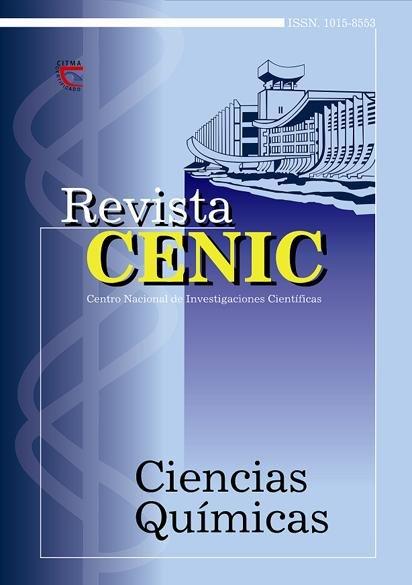Comparison of isolation methods for papaya (Carica papaya L.) volatile compounds
Abstract
The first step in the study of flavor compounds of any fruit is
the determination of the best extraction method for all volatile constituents
that most contribute to flavor. This is extremely important to obtain
reliable results concerning the exact composition of volatiles present in the
fruit. The results can be utilized to produce an artificial flavor as well. Different
authors have extensively investigated the aroma composition of papaya
(Carica papaya L.) fruit. Several methods were used for the concentration
of the volatile components of papaya: Dynamic Headspace (DHS),
Vacuum Distillation and Simultaneous Distillation-Solvent Extraction
(SDE). Each isolation procedure has its special characteristics. Consequently,
the authors decided to evaluate them to determine which were the
most effective for the analysis of papaya volatiles. The isolation methods
were compared in terms of some experimental parameters, such as: experimental
time, ease of operation, volume of extract, concentration factor and
quantitative results. Concentrations of these volatiles were analyzed by GC
(gas chromatography). The DHS method showed a short experimental time,
ease of operation and a small concentration factor; followed by the SDE
method. The SDE method produced the largest yield of both volatile and
semivolatile compounds. Results lead authors to conclude that the SDE procedure
is the most suitable for the analysis of volatile constituents from
papaya.

Downloads
Published
How to Cite
Issue
Section
License
Copyright (c) 2004 Copyright (c) 2004 Revista CENIC Ciencias Químicas

This work is licensed under a Creative Commons Attribution-NonCommercial-ShareAlike 4.0 International License.
Los autores que publican en esta revista están de acuerdo con los siguientes términos:
Los autores conservan los derechos de autor y garantizan a la revista el derecho de ser la primera publicación del trabajo al igual que licenciado bajo una Creative Commons Atribución-NoComercial-CompartirIgual 4.0 que permite a otros compartir el trabajo con un reconocimiento de la autoría del trabajo y la publicación inicial en esta revista.
Los autores pueden establecer por separado acuerdos adicionales para la distribución no exclusiva de la versión de la obra publicada en la revista (por ejemplo, situarlo en un repositorio institucional o publicarlo en un libro), con un reconocimiento de su publicación inicial en esta revista.
Se permite y se anima a los autores a difundir sus trabajos electrónicamente (por ejemplo, en repositorios institucionales o en su propio sitio web) antes y durante el proceso de envío, ya que puede dar lugar a intercambios productivos, así como a una citación más temprana y mayor de los trabajos publicados (Véase The Effect of Open Access) (en inglés).













